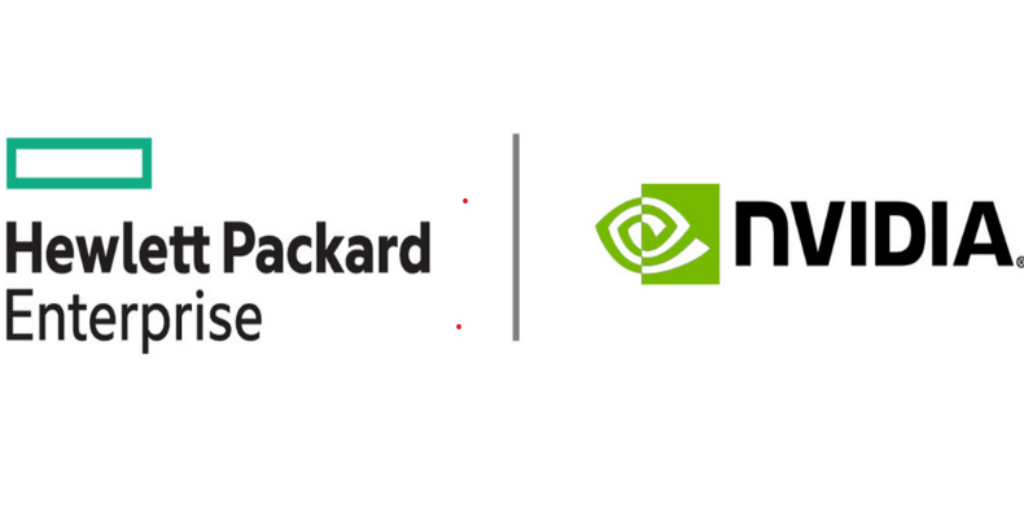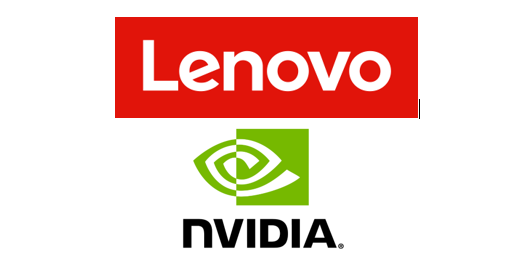Biomedical research requires using the latest technologies and frequently uses artificial intelligence (AI) to turn information into real-world insights for next generation solutions. According to Richard Bird, HPE Health and Life Science Lead, “As technology advances, life sciences professionals may use imaging analysis to create an atlas of the human body at a cellular level. Providing a cellular digital twin of the human body will allow researchers to obtain information such as causes of patient disease or how patients will respond to medication.”
Bird indicates that creating a human atlas starts with a vast amount of disparate data created and collected at the edge of the network with data collected from medical and scientific instruments. The data is often in different formats and from diverse sources or various organizations. To gain valuable insights from the data, it needs to be collected and computed. Using technologies such as high performance computing (HPC) has processing advantages. HPC acts as a big brain to process and analyze the vast amounts of data to aid in gathering insights from the data. Advanced supercomputing using HPC and AI can be used to create digital twins of the human body to help reduce the need for human and animal testing. Having a digital twin of the human body would reduce the life impact of testing using human and animals. In addition, it would save money since human or animal testing is very expensive.
Life sciences and biomedical organizations create massive amounts of data that must be computed, stored and moved to where it needs to be. The data must be communicated to the cloud connecting to Internet of Things (IoT) devices and computed and stored via high performance computing (HPC) devices. Being able to collect the data from different locations, move the data and compute on HPC cores is critical. According to Brad Genereaux, NVIDIA Medical Imaging Alliance Manager, “What the world needs is a platform to organize and prepare data to do all these great things, and this is something that HPE, NVIDIA and Flywheel is bringing to bear to change the world”.
AI meets the challenges of biomedical research
It takes enormous time and data analysis to discover gene therapies. Researchers must develop and test which drugs will be effective. Real world biomedical data must be brought together to help researchers gain insights from the data. Organizations often struggle to derive timely insights from all of the available data. Data scientists can spend up to 80% of their time preparing data, instead of actively applying it in research.
AI solutions are revolutionizing life sciences and biomedical research in the areas of genomics, drug discovery, as well as data management and analytics. Accelerating genomic sequencing analysis aids in understanding disease biology at molecular level to enable better therapeutics. By 2025, 500 million human genomes will be sequenced. It took 15 years to sequence the first genome versus five hours today using AI. AI advances drug discovery with better insight, maximizing productivity with more accurate results. AI accelerates computational chemistry code analysis to reduce R&D costs and increase drug program success. Data management and analytics is critical in bioscience research. AI helps resolve data management problems enabling faster, more informed data-driven decisions.
How HPE, NVIDIA and Flywheel solutions can revolutionize biomedical research
AI requires enterprise scale infrastructure and HPC capabilities in order to deliver enterprise-scale insights at the speed of light. HPE, NVIDIA® and Flywheel are trusted partners offering technologies, tools and services to deliver remarkable performance, acceleration and flexibility for research workloads.
The HPE GreenLake for Biomedical Research solution is a groundbreaking research platform that extends data-intensive workloads and real-time insights from edge to cloud. The platform is built on cloud-based data management solutions from Flywheel and deployed on leading HPE systems powered by the latest NVIDIA accelerated computing and NVIDIA AI Enterprise software. The platform features MLOps solutions and NVIDIA AI frameworks to help users gain value from information-rich images. MONAI, available with NVIDIA AI Enterprise for enterprise-grade security and stability, is embedded into Flywheel and provides a domain-specific, medical imaging AI framework for creating ground truth, training and validating models, and prepare them for deployment into medical ecosystems.
Summary
Making healthcare and life science (HCLS) discoveries is time-consuming and requires considerable amounts of data. HPC enterprise infrastructure with AI and edge to cloud capabilities is required for biomedical research to make creating a human atlas of the body possible. The HPE, NVIDIA and Flywheel collaboration using the latest technologies designed for HCLS promise to transform biomedical research by:
- Delivering future-proofed data management strategies
- Seamlessly discovering and managing biomedical data
- Optimizing diverse biomedical AI workflows
- Meeting R&D objectives with ongoing innovation
Learn more at:
https://www.hpe.com/us/en/compute/hpc.html
hpe.com/us/en/solutions/artificial-intelligence/nvidia-collaboration hpe.com/us/en/software/marketplace/flywheel.htm





